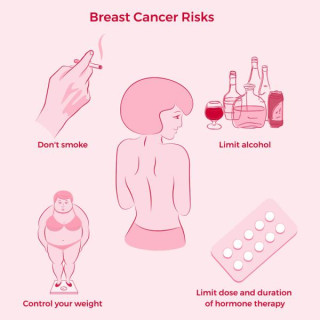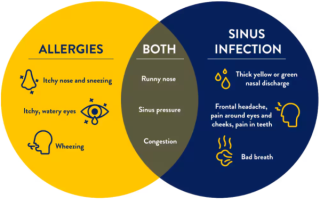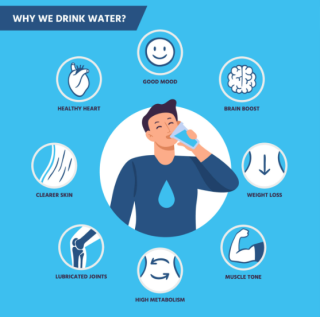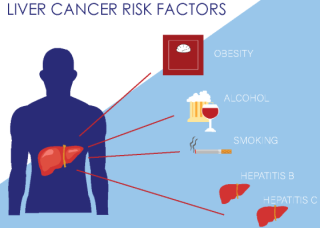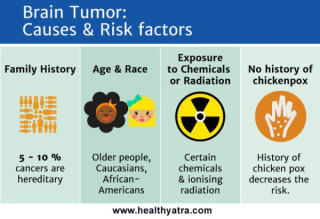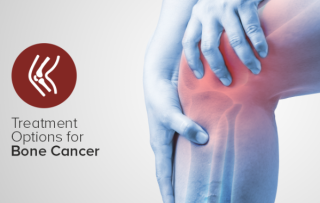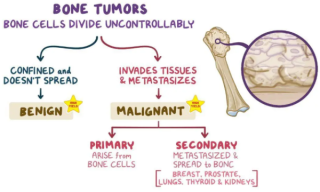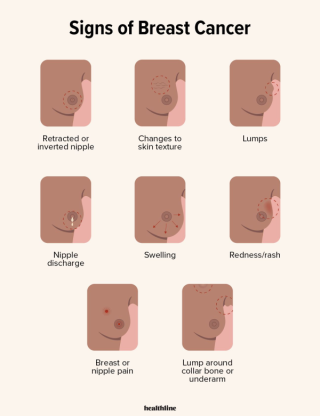Understanding Your Risk: How Likely Are You to Get Breast Cancer?created at May 03, 2009 1,238 1,238 Your risk of developing breast cancer depends on many factors, |
Exploring the Controversial Link Between Food Allergies and Sinusitiscreated at May 08, 2009 1,221 1,221 While not definitively proven, |
Managing Expectations: How Long Until You Feel Better with Sinusitis Treatmentcreated at May 08, 2009 1,269 1,269 One common question that arises among individuals undergoing treatment for sinusitis is, |
The Importance of Hydration: How Much Water Should You Drink?created at May 08, 2009 1,331 1,331 Proper hydration is crucial for numerous bodily functions, |
Unveiling the Culprits: Understanding the Causes of Sinusitisupdated at Oct 30, 2025 1,250 1,250 Sinusitis, |
Unveiling the Link: Anabolic Steroids and Liver Cancer Riskupdated at Nov 30, 2024 1,268 1,268 Studies have shown a link between anabolic steroid use and an increased risk of liver cancer, |
Understanding the Link: Vinyl Chloride, updated at Nov 13, 2025 |
Understanding the Link: Cirrhosis and Liver Cancer Riskupdated at Nov 29, 2024 1,486 1,486 Cirrhosis, |
Unraveling the Connection: Viral Hepatitis and Liver Cancer Riskcreated at May 04, 2009 1,332 1,332 Chronic infection with hepatitis B (HBV) and hepatitis C (HCV) viruses are major risk factors for liver cancer, |
Unraveling the Enigma: Exploring the Causes of Brain Tumorscreated at May 03, 2009 1,398 1,398 The precise causes of brain tumors remain largely unknown, |
Exploring Treatment Options for Bone Cancer: A Comprehensive Guidecreated at May 03, 2009 1,447 1,447 Treatment for bone cancer depends on several factors including the type and location of the cancer, |
Demystifying Bone Tumors: Understanding Benign and Malignant Varietiescreated at May 03, 2009 1,252 1,252 Bone tumors are growths that develop in bone tissue, |
Recognizing the Red Flags: Warning Signs for Breast Cancercreated at May 03, 2009 1,307 1,307 Warning signs of breast cancer can include a new lump or thickening in the breast or underarm, |
